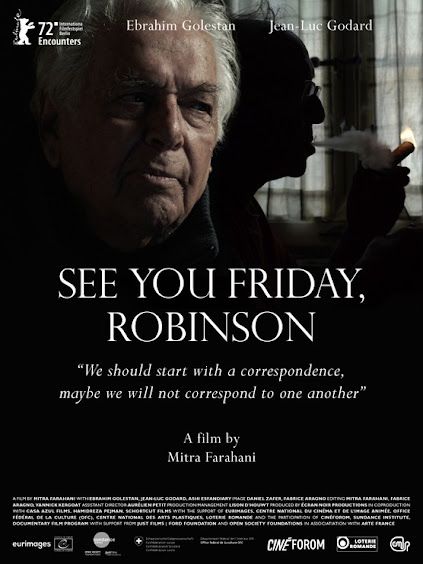Ebrahim Golestan and the Restoration of Iran’s Cinematic Heritage at Victoria & Albert Museum
Ebrahim Golestan (1922–2023) is widely regarded as one of Iran’s most significant filmmakers and a pioneer of the movement later dubbed the Iranian New Wave. Join us for a screening of three of his ground-breaking documentary films, produced prior to the 1979 revolution and recently restored to their original brilliance:
• Yek Atash (A Fire, 1961)
• Teppeh-ha-ye Marlik (The Hills of Marlik, 1964)
• Ganjineh-ha-ye Gohar (The Crown Jewels of Iran, 1965)
While exploring Iran’s history, geography, and the arts, Golestan’s documentaries are both politically subversive and visually striking.







.jpg)













